Eggleaf spurge identification and control
About this weed
Eggleaf spurge is a regulated Class A noxious weed. This means eradication is required state-wide. Eggleaf spurge is also on the Washington quarantine list which means it is illegal to buy, sell, or offer it for sale in the state.
Eggleaf spurge is known as Euphorbia oblongata and it is in the spurge family. Other common names include oblong spurge and Balkan spurge.
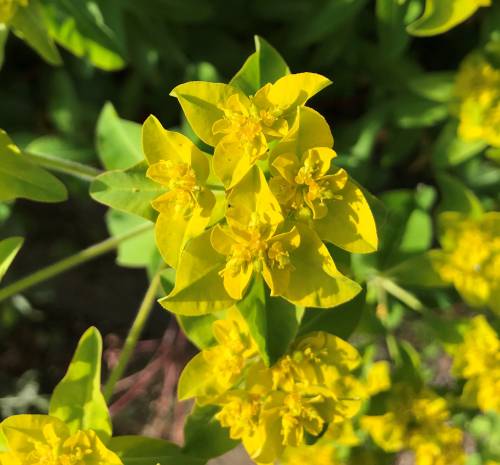
Why it's a noxious weed
Eggleaf spurge is an ornamental that has escaped cultivation. It is a hardy, drought-tolerant plant that does well in poor soils. These qualities make it a successful competitor with native species. It is closely related to leafy spurge, a regulated Class B noxious weed, which has major economic and environmental impacts in Washington state. Eradication is required to prevent eggleaf spurge from gaining a foothold in Washington state.
Eggleaf spurge is also a human health concern due to its caustic latex sap. It causes nausea, vomiting, and diarrhea when digested. Skin contact with the sap causes redness, swelling, and blisters. The sap can also cause blindness if it gets into the eyes.
Plant description
Eggleaf spurge is a perennial, herbaceous plant. Mature plants are up to 3 feet tall. Leaves, stems, and roots all exude a milky, caustic sap when broken.
Leaves are oblong, alternate, and finely toothed. Upright stems grow from a woody root crown and branch at the ends. Stems are also covered with fine white hairs.
Blooms in spring and summer. A wavy, yellow-green whorl of leaves sits below a cluster of yellow bracts and inconspicuous flowers. The fruit is a waxy, 3-lobed capsule that starts green then turns light brown. The seed is ejected from the capsule by several feet. Root fragments can also produce new plants.
Eggleaf spurge is native to the Mediterranean region and was introduced to the US as an ornamental. It is a highly adaptable plant, growing well in dry, well-drained soils in full sun as well as damp meadows, streambanks, and shady woodlands.
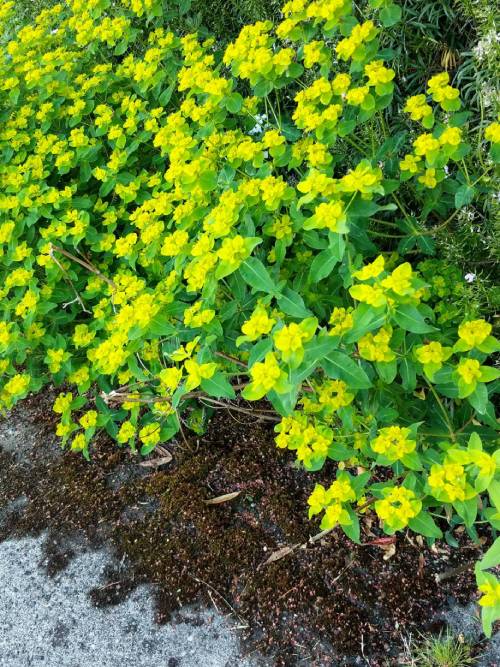
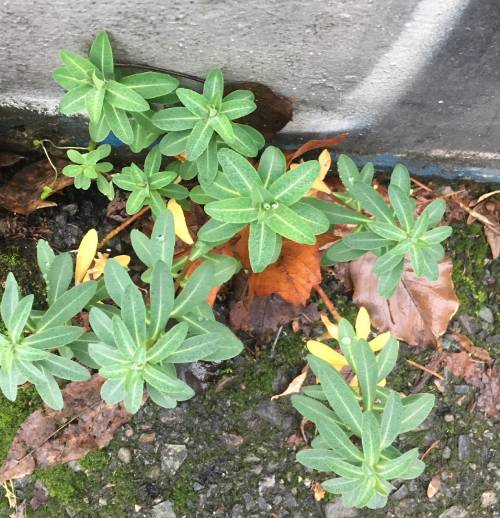
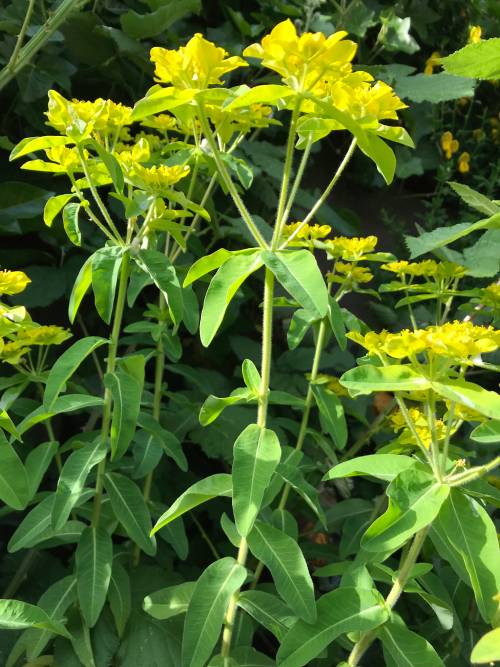
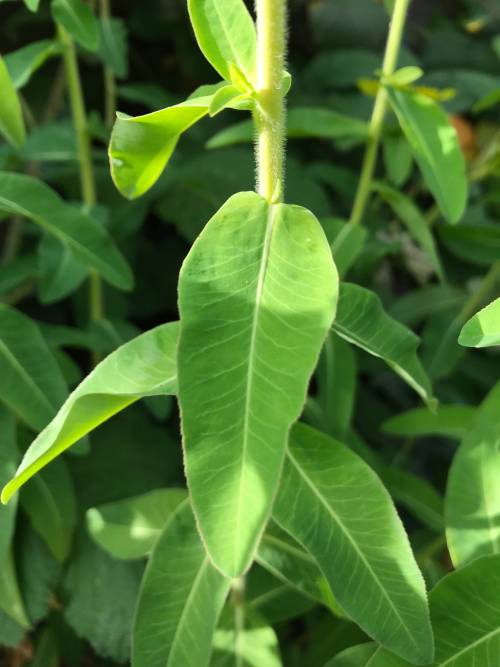

Be aware of look-alike plants
The flowers and bracts look similar to other spurges, such as leafy spurge. Leafy spurge can be differentiated by its narrow leaves with smooth margins and its heart-shaped bracts. The stem is also hairless.
When in doubt, take photos and share them with us or report them on iNaturalist.
What to do if you find it
Property owners are required to control eggleaf spurge on the lands they manage. Notify us if you see eggleaf spurge in King County. Our program staff can provide you with site-specific advice on how best to remove it.
We map all known locations of regulated noxious weeds to help locate new infestations in time to control them.
Control methods
We recommend using a combination of methods to control noxious weeds. In areas with few weeds, it is important to act quickly before they become harder to control. Make a long-term plan as it often takes several years to get rid of most weeds. Start in the least infested areas first and then move into more heavily infested areas.
Any control program must be long term due to the soil seed bank and large taproot. When controlling eggleaf spurge, it is important to protect yourself from the sap. Wear long sleeves, gloves, shoes, and eye protection. If sap contacts skin, make sure to wash the area.
Manual control
Dig up plants early in the season before seed formation. Remove as much of the large taproot root as possible. Monitor for regrowth.
Mechanical control
Mowing is not recommended as it does not damage the taproot and will encourage new shoots to grow.
Cultural control
Keep desirable vegetation healthy and thick to prevent eggleaf spurge from spreading. Do not disturb the plants during seed set to minimize seed dispersal. Survey regularly for new populations and remove promptly.
Chemical control
Stay safe when using herbicide:
- Always read the label before use.
- Wear a long-sleeved shirt, long pants, shoes, and eye protection.
- Follow state and local regulations.
For specific chemical recommendations, please refer to the PNW Weed Management Handbook.
Disposal instructions
Bag entire plant and dispose in the garbage. Composting at home or with municipal yard waste is not recommended.
Noxious Weed Disposal - Washington State Noxious Weed Control Board

 Translate
Translate